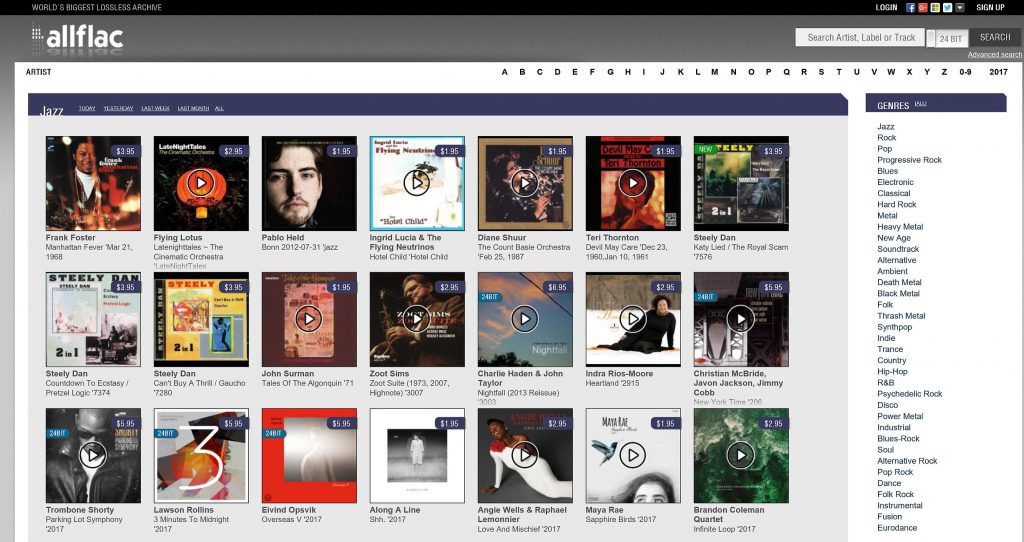In Manila, it is not uncommon to see mothers spending countless hours playing bingo, ‘tong-its’ (local version of poker), or mahjong while neglecting household chores.
Mothers are mindless of their children crying and unaware that they are burning hard-earned money their husbands had brought home from scavenging or construction work. Look around; there would always be dirty kids running and playing and not giving a damn if they have taken a bath. There would also be kids who, instead of being in school, must work daily to help their parents make ends meet.
Their jobs vary, from digging the muddy and heavily-polluted seabed of Manila Bay to getting pieces of metals, which they call ‘kalakal’ (merchandise) to sell at opportunistic junk shops, to carrying heavy loads of fruits and vegetables in the early hours of the day.
In the streets, it wouldn’t be a surprise to see jobless but non-disabled men on drinking sprees in front of ‘sari-sari’ (a small family-operated shop typically attached to the house) stores. They laugh heartily at their senseless conversations because they don’t even know whether they’ll have something to feed their family the next day. They flaunt their big bellies, their tattooed arms, and worst of all; they brazenly display unproductiveness.
On the next block, it is also hard not to notice a group of teenagers, most thin as bamboo and nutritionally deficient like dying carnations. A few of them are playing ‘Cara y Cruz (heads or tails), some would be smoking weed, others are snorting ‘shabu‘ (crystal meth), and some would be sniffing ‘rugby (contact cement) –filled‘ plastic bags to get their highs to mask out their miseries temporarily. These youngsters are not few. Like a vicious cycle, they spawn like rabbits and would join similar ill-fated, innocent souls in sordid existence. But is it all about fate?
Take a casual walk on the streets, and you will notice how informal settlers -squatters- have mushroomed throughout the country, whether in urban or rural areas. The streets are where we would realize that we have not seen and experienced the worst. Scrap materials made into shanties occupied by many as fifteen. They try to fit themselves in a ramshackle abode as small as a bathroom of a typical middle-class family. Here, “houses” are contraptions of recycled wood, flattened biscuit containers, plastic rice sacks, damaged tires, tarpaulins of stupid politicians or B-movie ads, and an assortment of junk. No architectural plans, no concrete, no hollow blocks, no metal trusses, no hope.

There will be mixed emotions on seeing the appalling living conditions of the increasing number of Filipinos. Some would feel sorry because of the plight of the children. Their parents could barely provide them with toys. There’s just one meal in a day, Education good only until the 8th grade, A house comparable to those made for pigeons, and a whopping PHP 150 (about US$ 3) a day take-home pay by the breadwinner. What a fucking way to live a short life.
To observant eyes, how some parents managed to have too many children -without any means of providing them a good foundation in childhood like regular meals, decent shelter, education, clothing, toys, playtime, etc. – clearly borders on ignorance. But, regardless of how we come up with why these people are wallowing in poverty, there is only one thing clear to everyone: the Philippines has swiftly become an overpopulated hell.
The problems that stem from overpopulation are beyond count. One frustration is that locally-produced agricultural products would always be insufficient to feed the entire population because there is a mismatch between the producer and the consumer. The people -as well as consumption- overpower production. Surely and steadily, more and more Filipinos are filling their pie holes with imported products, which is a bane to the economy.
Another hassle presented by population sprawl is job opportunities. Millions would compete against each other over a few job openings; it would be a dog eats dog situation. Small companies tend to hire only seasoned workers and don’t prioritize new graduates. College degrees would be useless; diplomas would be senseless. Only a handful with the skills (and the right connections & recommendations) would be lucky enough to secure employment, and the rest would be jobless, unable to support their families.
Overpopulation is a bane for any government. Three or more patients would share a filthy bed, one with tuberculosis and others with dengue fever. In the ER, people needing immediate care will have to wait. Victims of vehicular accidents would have a very slim chance of survival because only three exhausted doctors are attending to twenty emergency cases.

The educational system is another government service that would suffer greatly due to overpopulation. How can we have quality education if one classroom holds one hundred-plus pupil? How can these students focus on learning if classrooms are like a can of sardines?
Can senior high school students comprehend solid measurement or even the basics of Algebra if their classroom is as hot as an oven toaster? How can grade ten students appreciate the epics of Homer and Ovid or the novels of Tolstoy and Dostoevsky? They do not even have a decent chair to sit in or a hygienic restroom to relieve themselves. Or even a comfortable library where they could read books and write poems?
What about the teachers? Can we expect them to be effective? By holding a class in a jam-packed room, the precious time allotted to teaching would be wasted calling attention and reprimanding the foolish ones. With a ballooning population, schools would turn into a chaotic mecca.

As stated earlier, overpopulation will bring infinite aggravation. As this currently troubles us, most Filipinos are unaware of the inconvenience it brings to our economy and our future.
It is also worth noting that overextended families come from the poorest sector of the population. A friend of mine told me about a friend who has nine children, the eldest being twenty-two and unable to finish high school. The youngest is in the first grade, barely bringing a meal to school because of abject poverty. The bold, or should I say, the stupid father has no other source of income but through driving a tricycle which he does not even own. The head of the family brings home PHP 150 a day, and it is up to the readers to imagine how the family gets through with the daily expenses.
How can a financially-strapped couple summon the courage (or have the common sense) to have such a big family? Could this be attributed to the Filipinos’ penchant for the “Bahala-na-ang-Diyos” (God will provide) mentality?
What could be the culprit in this vicious cycle of boundless reproduction? Is it the administration? I’m sure the government is doing all it can to educate people about family planning. For today’s youth, is it easy to access pornographic and lustful websites? Perhaps, it could be a factor, but it is controllable. Working or not, some countries censor the Internet to filter the materials its people can see. Is it the people themselves? The root causes of overpopulation depend on many factors. But, in the Philippines, the Catholic Church is both a powerful and unstoppable force regarding the pyramiding population.
The church is opposed to artificial contraception, and this belief dates back to the first centuries of Christianity. Such acts are intrinsically disordered because of the view that all sexual acts must be open to procreation. There was even a point when the church allowed birth control – but only through abstinence. The Vatican even released a document entitled “Vademecum for Confessors,” which stated, “the Church has always taught the intrinsic evil of contraception.”
Furthermore, the church had always pointed to the Holy Bible as it lies in Genesis 1:28, which states, “God blessed them and said, “Be fruitful and multiply. Fill the earth and govern it. Reign over the fish in the sea, the birds in the sky, and the animals that scurry along the ground“. The fanatics and the Bible warriors do have a point, though. Who else is to govern all the blessings this world has to give but the people? Who else is to harvest the products of the fruit-bearing trees and cut the wood afterward, not minding landslides and pollution, but the people? Who else is to fish the sea in a greedy manner using dynamite and toxic chemicals but the people? Who else would carve the beautiful and natural shapes of mountains and hills to get precious stones but the people? Who else is to hunt the rare and exotic animals for money’s sake but the people?
We, the people, are commissioned by the Creator to be the stewards of nature. And, as the logic goes, we should multiply. Even if reproducing is limitless. Even if multiplying equates to self-destruction, isn’t it more sinful to bear when future generations have to suffer?
Who can contest the church’s uptake and exposition of inscriptions when, for a thousand years, they have been used to punish those who dare to question, to subject them to inquisitions, to tell everyone that the Creator’s grace and mercy are exclusive to those who kneel before man-made images purchased in the streets of Tayuman, and to baptize an innocent infant before he even gets a chance to choose the faith he prefers.

It has become our habit to follow and believe whatever the man in the white suit, whose car displays the Veritas sticker, tells us. “We follow without question. ” “We follow with the highest reverence.” “We follow with the fear of hell if we do not follow.” It is funny that after the priest chants a Latin phrase, of which the significance or meaning is unknown to many of us, we instinctively chant ‘amen.’ It is funny that the Filipinos, the majority of whom are Catholics, abstain from eating pork during Lent to shun extravagance, only to fill their dining tables with more expensive seafood fares like lobsters, grilled blue marlin, and giant prawns. These make me want to fry hotdogs using floor wax.
Church crusaders should be more realistic in taking a stand regarding the increasing population and traditional faith. While priests are busy preaching ‘multiplication’ and procreation, overpopulation is markedly taking its toll on the Filipinos – hospitals becoming smaller, schools becoming canned sardines, job opportunities becoming elusive, farmlands turning into subdivisions virtually overnight. While the gross domestic product (GDP) grows, our per capita income becomes smaller. And, as always, the rich become richer and the poor. Whatever!
Is this what the Creator planned our country to be? I doubt He wants most of us to live in dire poverty and disorder. I also suspect that the church accurately amplifies the Creator’s orders based on how He wants things to be. A little coherence and correction would not destroy the credibility of the church. The church should also review its stand on procreation’ in light of the changing world.
The price of enlightenment is just too expensive for the country and the people that have long been under the grip of a compelling and untouchable force.




